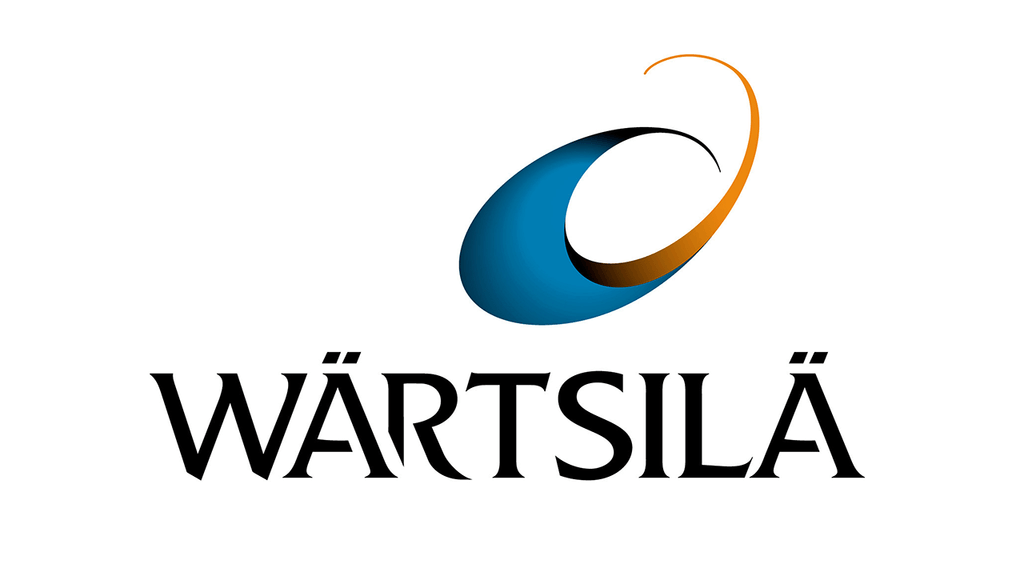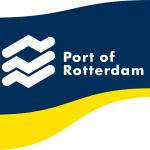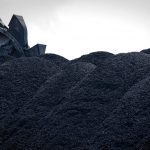In the final tech talk of our series, Jeremy Crossman, General Manager, Sales Excellence at Wärtsilä, is joined by subject matter experts Henrik Wilhelms, Director, Agreement Sales at Wärtsilä, and Tage Klockars, General Manager, Agreement Sales at Wärtsilä, to discuss their insights into lifecycle solutions for LNG carriers. Special guest Allan Muir, Director, Digital Supply Chain at Teekay Shipping, completes the line-up, sharing his real-life experiences of the benefits that Wärtsilä Lifecycle solutions have brought him and his company.
“For those of us working in the maritime industry, we’re living through times that are both exciting and challenging,” begins Wilhelms. “Not only have we had uncertainty caused by the COVID-19 pandemic and its impact on world trade, GDP and fuel prices, but there is also a pressing need for decarbonisation. To address these challenges we need to work together, and as the future is uncertain, we need to build flexibility into everything we do: how we design ships, how we select equipment, what fuel to use, and even which business models we select. To support our customers across the lifecycle of their vessels we established Wärtsilä Lifecycle solutions 20 years ago. Today we have more than 1,000 assets under different types of lifecycle agreements, with 700 of those in the marine industry, including over 200 for LNG carriers. The proof of the pudding is that over 92% of the customers renew their agreements at the end of the term.”
Avoid unexpected downtime with optimised operation
“Lifecycle agreements are a partnership between the operator and Wärtsilä, where together we optimise how the vessel is operated and maintained,” explains Wilhelms. “We consider costs, safety, emissions and sustainability, but the main purpose is to avoid unexpected downtime. We have three levels of agreement starting from Wärtsilä Enhanced Support, the lowest level, which is being piloted ready for launch in Q3 2021. This is aimed at single main engine vessels, to visualise data and enable faster troubleshooting and problem solving with our customers. The next level and we have is Wärtsilä Optimised Maintenance agreements, our most popular offering covering 80% of our agreements, which aims to improve operational reliability/availability and cost predictability. Finally, we have Wärtsilä Guaranteed Performance, where we guarantee mutually agreed performance indicators such as emissions, availability or run time. Our first guaranteed asset performance agreement for LNG carriers was signed in the first quarter of 2021, guaranteeing the availability, time between overhauls, response time and both scheduled and unscheduled maintenance costs with a mechanism to share the gain and pain for of six LNG carriers.”
The importance of strategic relationships
Allan Muir has been with Teekay Shipping for 15 years, and his arrival coincided with an aggressive LNG new-build programme for the company. “We started with a tentative seven vessels and quickly realised that would not be sufficient capacity for the number of gas trains that were being developed shoreside,” shares Muir. “We now have a fleet of 47 LNG carriers – putting us in the top 10 LNG operators worldwide – and we also manage a re-gas terminal in Bahrain. The new-build programme really threw me into equipment selection and highlighted the need for a relationship with our vendors. The plan was to be consistent with our equipment across the fleet to reduce our overall costs. This is something that people don’t realise immediately, but over a period of time you do see your costs coming down through the selection process, which is what really pushed us into forming a strategic relationship with Wärtsilä.”
“A third of our fleet now relies on Wärtsilä propulsion, and over 15 years we have developed a genuine partnership with contracts that are reviewed continuously – in fact I’d say they’re completely different to the ones we started with,” continues Muir. “The real challenge for us is that LNG carriers are designed for a 30-year lifespan, but the technology changes fast. For example, five years ago one of our new-builds came with a containment system that is now commercially challenged because systems have got better, but the equipment cannot be replaced without redesigning the inside of the vessel – in fact, it would be cheaper to deliver a new vessel. So we’re faced with the challenge of future-proofing vessels to be commercially acceptable through 30-plus years of life. By working with Wärtsilä we can solve this challenge together, with a tailored strategic relationship.”
Long-term relationships for long-term needs
“Conventional shipping is very short term, but LNG carriers need support for 30–40 years so you always need to look ahead,” points our Muir. “Proper strategic relationships are incredibly important in future-proofing LNG carriers. We have 13 vessels coming off charter before 2024 – how do we maintain their competitiveness when newer vessels will command a better charter rate than a five or 10-year-old vessel? Can new technology offset some of the challenges? How do you design a plug-and-play solution to avoid retrofits every five years? Predictive maintenance techniques are now proving that you can extend well past the maintenance schedule that we’ve traditionally followed. Is there a new way to approach ship repair for LNG carriers? These are some of the challenges we put to ourselves that we want to share with Wärtsilä.
“Traditionally procurement has often been adversarial, but trust is important. If we look at what strategic relationships really mean, I think it’s about developing the trust we need. If we don’t trust each other it’s never going to fly. We have to pull in all the business units, align ourselves and work together, then it’s a win-win for all involved.
– Allan Muir, Director, Digital Supply Chain at Teekay Shipping
Addressing the challenges of today – and tomorrow
“It’s clear that gas carriers operating in today’s marine market face many challenges, which Wärtsilä must address to ensure the strategic partnership with our customers is maintained,” points out Crossman. Wilhelms agrees: “The key is to work together and to tailor the specific solution to each individual customer; a one-size-fits-all approach will never achieve the same results. Adding the benefits of digital means you can measure things, improve efficiency, and reduce risks and costs. In a recent study we have looked at how we can future-proof LNG carriers, comparing many different solutions. One way of doing it is to have multiple energy sources and to build in the flexibility to avoid obsolescence. Maybe there will be a new energy source five years from now – building in flexibility gives you the opportunity to pull out an engine and put in a fuel cell or a battery. If we collaborate together we can work smarter and find solutions that are even better in the future.”
“Going forward we need to share all our goals and targets,” adds Muir. “It can’t be a one-sided approach; an even closer relationship will gain even better results. And in the much longer term, hopefully together we can design a completely green transportation solution!”
Increased data collection leads to reduced costs
“Many of these lifecycle solutions require data, especially for data-driven maintenance,” points out Klockars. “We also need to think about obsolescence and cybersecurity. Together with Teekay we developed a concept called dynamic maintenance planning (DMP), which is now more data-driven maintenance planning, helping us to move away from inspections and instead make decisions based on data analysis. This drives down costs as we don’t need to send people to do inspections and we can also extend the maintenance intervals. We also use Expert Insight, a machine-learning tool that helps us with anomaly detection. We collect data for three months for the computer to analyse and then we can predict what is coming; this increases reliability and minimises unscheduled maintenance. We also offer online support 24/7, which has been highly utilised by LNG carrier operators. Any issue or emergency you can call directly from the ship and get support. In the future we are hoping to develop some self-analysing systems. We are also increasing the amount of data we are collecting, with high-resolution data now collected every five minutes.”
Expert support throughout the whole lifecycle
“In conclusion, to gain the most benefits from lifecycle solutions we need to ensure a strong collaboration through open dialogue, sharing and common targets with solutions developed based on customer needs,” sums up Wilhelms. “We also need to build in flexibility early in the design phase, considering carefully how to carry out maintenance and defend against cyberattacks, as well as other factors. If we can’t make vessels completely future proof, we can at least make upgrades easier, ensuring our customers’ vessels are as ‘future flexible’ as possible.”
Source: Hellenic Shipping






